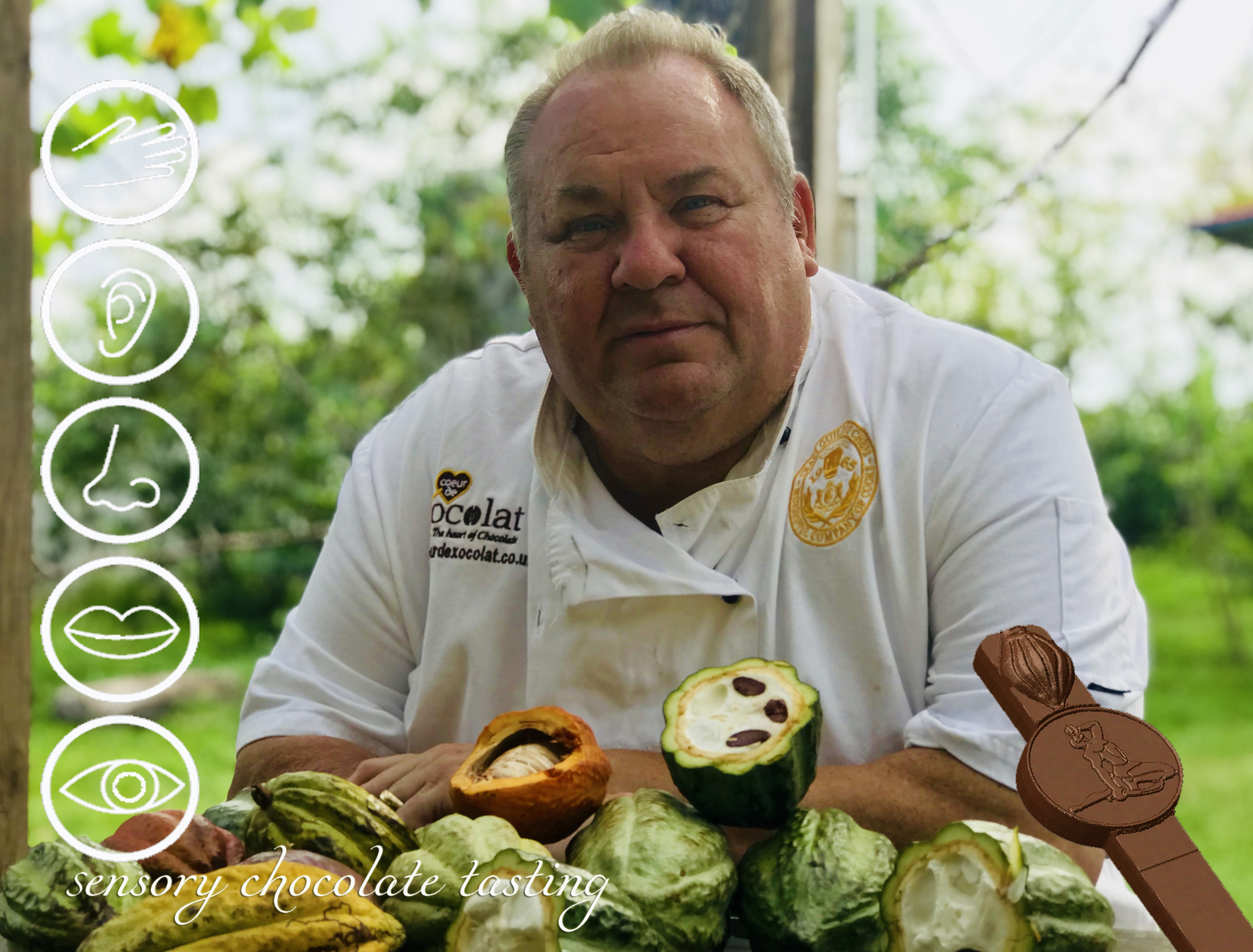 Eating chocolate for a living may seem like the best job in the world but it's not always sugar and spice
Eating chocolate for a living may seem like the best job in the world but it's not always sugar and spice
People’s faces often turn green with envy when tell them I get sent chocolate to taste and sometimes even get paid to do it, or for teaching other people how to taste and appreciate chocolate more fully.
But it’s not always greatI have judged black garlic, Pigs blood, fish flavoured and cricket filled chocolates to name but a few, some suprisingly work some dont.
I also have to taste and identify defective chocolate, which might have a bitter or burned flavour. when im not judging for an award board I’m usually alone in a small room, in front of a spreadsheet to log the information. sometimes the room will have red lighting to disguise the appearance of the chocolate, so I can only evaluate it by taste, not looks.
I can sample as many as 50 chocolates per day, so to keep my palate vibrant and spit the sweets out into a paper cup. (not-so-glamorous part of the job) Between samples, I wait 30 seconds to let my senses rest, and I eat a spoonful unseasoned polenta, chew half an unsalted cracker and drink plain luke warm water and sometimes have a piece of apple, When I am judging in international chocolate competitions
I use a sensory approach Look touch listen smell taste
Look: at the shine the finish and craftsmanship used hopefully no airbubbles or blemishes
Touch: to see if its bloomed (fat bloom or sugar)
Listen: to the snap to assess the temper If chocolate doesn’t sound crisp when broken, it may be a signit’s old or wasn't stored well.
Smell: I smell the chocolate and note its aromas earthy oak or maybe red berries.
![]() Taste: Then I place a small piece in my mouth close my mouth and leave it there for a few seconds. I press it against my palate and let it melt, recording the five basic tastes—sweet, sour, bitter, and salty umami. Then I blow out short puffs of air through my nose. Some of the scent receptors in the back of our heads are stimulated by oxygen Exhaling sharply can bring out aromas like berry, mushroom, black liquorice, tea, citrus, beeswax, toast, cinnamon, and some of the savoury spices that are sometimes too subtle for the nose to catch. I record these along with the texture, waxy grainy smooth.
Taste: Then I place a small piece in my mouth close my mouth and leave it there for a few seconds. I press it against my palate and let it melt, recording the five basic tastes—sweet, sour, bitter, and salty umami. Then I blow out short puffs of air through my nose. Some of the scent receptors in the back of our heads are stimulated by oxygen Exhaling sharply can bring out aromas like berry, mushroom, black liquorice, tea, citrus, beeswax, toast, cinnamon, and some of the savoury spices that are sometimes too subtle for the nose to catch. I record these along with the texture, waxy grainy smooth.
Not many people take enough time to appreciate the taste of of chocolate.
Some of the worst “chocolates” I’ve tasted are popular confectionery bars—they’re mostly sugar, not chocolate!
One sign of high-quality chocolate: The first ingredient listed is cocoa. and it will proberbly tell you where its from ( the origin.) But if I gave most people a 100 percent cocoa chocolate bar, they would probably spit it out because it’s very bitter and most of us are not used to it.
Much of the foods we eat are too salty or sweet, which creates an unbalanced palate. To retrain your taste buds to enjoy better quality chocolate, try start eating more plain bars.
As a chocolatier, I want to help others do what I do: to look at food with curiosity and love and to notice colours, aromas, and flavours.
Then you’ll know good what a quality chocolate should taste like.
